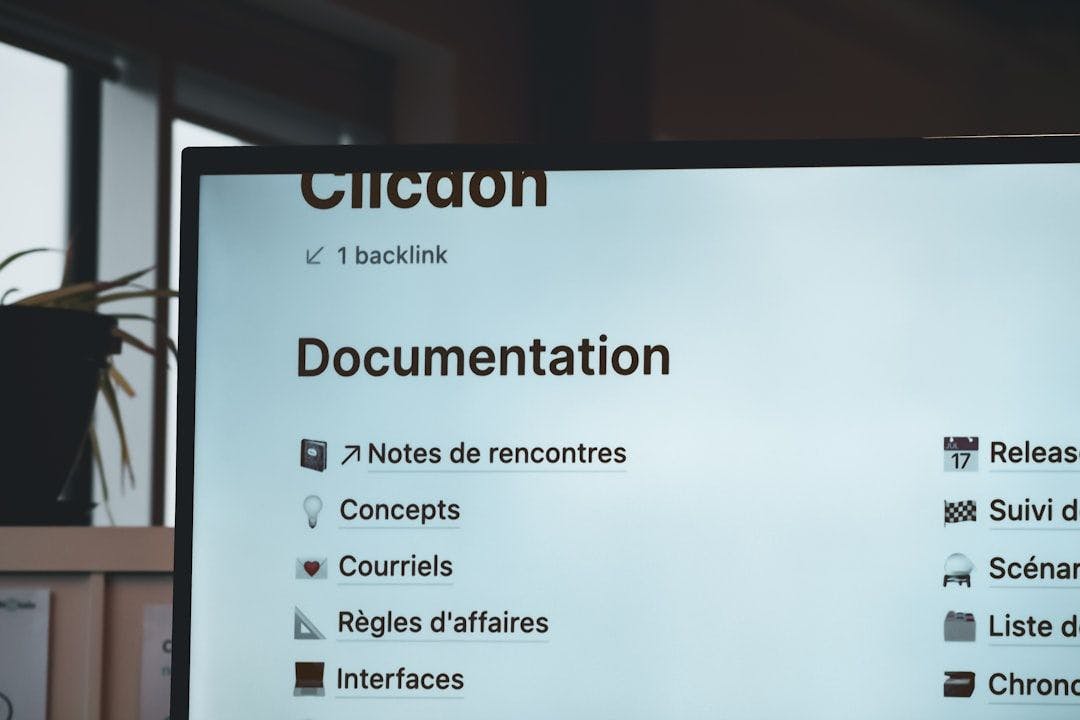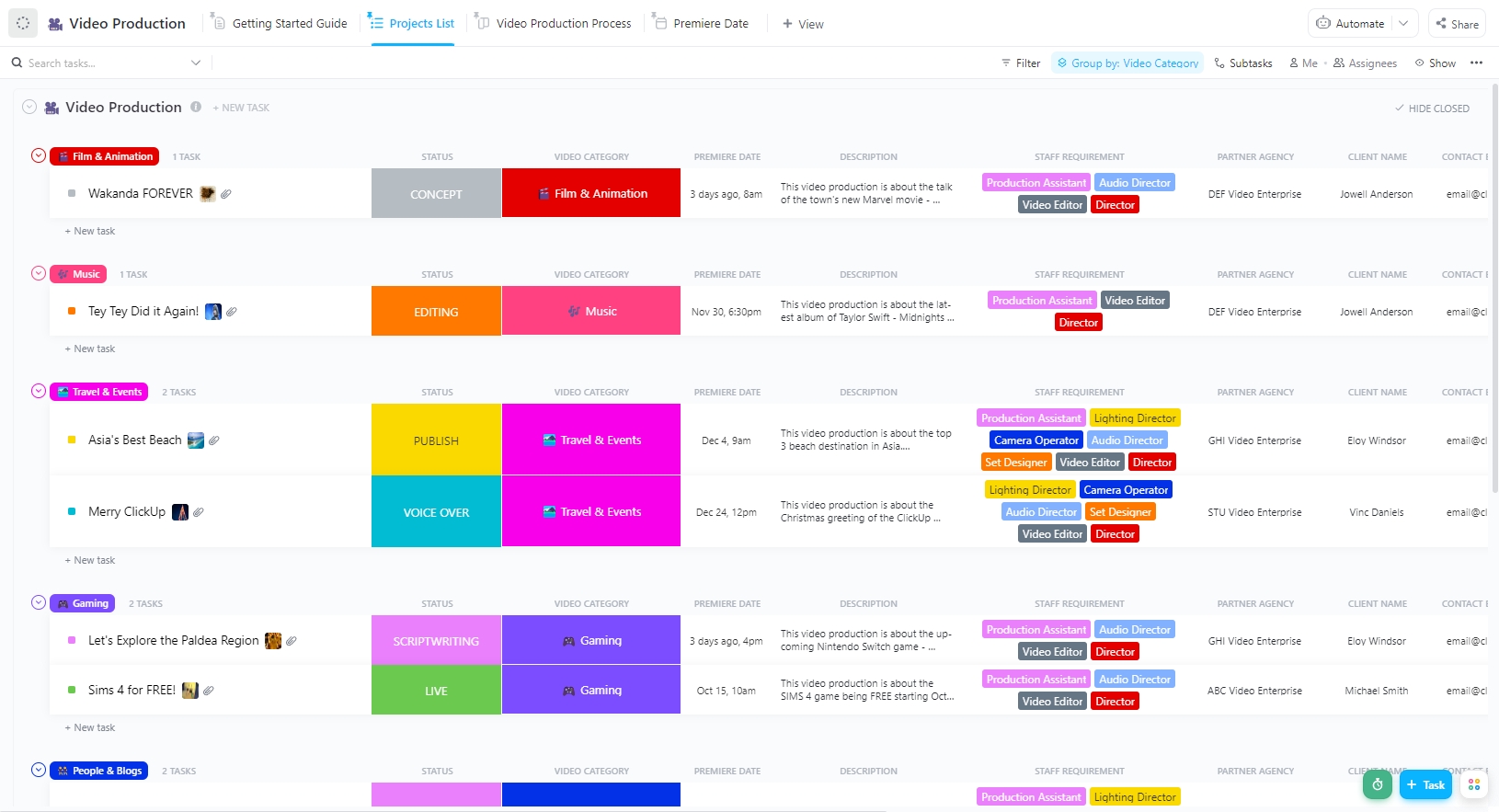Let’s clear something up.
A user story is not a spec.
It’s not a requirements doc.
And it definitely isn’t something you write, hand off, and walk away from.
But you wouldn’t know that from how most teams treat them.
I’ve seen user stories that were so detailed they needed a table of contents. I’ve also seen stories so vague they might as well have said, “Make it better.” Both types lead to the same result: confusion, delays, and a whole lot of back-and-forth.
Here’s the truth most people miss: User stories are not about documentation. They’re about discussion. They exist to spark conversation, not to kill it.
What User Stories Actually Are (And Aren’t)
User stories came out of Extreme Programming (XP) and were adopted into agile frameworks because they helped teams focus on the user, not the feature list.
They’re intentionally simple. At their core:
As a [user], I want [goal], so that [benefit].
That’s it. No 10-point checklists. No 4-page briefs. Just a statement that helps the team think about:
- Who we’re building for
- What they’re trying to do
- Why it matters
So no, they’re not specs. They’re reminders to have the right conversations.
What Happens When We Treat Them Like Requirements
The minute you start treating a user story like a full-blown requirement, you kill the collaboration.
Here’s what I’ve seen happen (more than once):
- The BA writes the story like it’s a mini-PRD.
- Devs read it like a ticket—not a starting point.
- QA assumes the edge cases are covered in the story, even when they’re not.
- Nobody talks. Nobody questions. Everyone assumes.
The result?
🚨 Misalignment.
🚨 Frustration.
🚨 Features built “to spec” but totally missing the point.
And worst of all, when something breaks or gets misunderstood, everyone looks back at the story and says, “Well, it was written there…”
That’s not collaboration. That’s cover-your-tracks documentation.
A Good User Story Doesn’t Have All the Answers
Here’s the real magic of a good user story:
👉 Itinvitesquestions.
👉 Itencouragesconversation.
👉 Itopens up the problem—not closes it.
It’s not there to tell the team exactly what to build. It’s there to help them understand why something needs to be built at all.
When you get that right, you create space for:
- Developers to offer better solutions
- QA to uncover edge cases before they become bugs
- Product Owners to negotiate scope without losing intent
User stories are a starting line, not a hand-off.
So How Do You Write a User Story That Actually Works?
Here’s a simple approach I’ve used (and seen work in multiple teams):
🔹 1. Start with the why
Skip the UI details and jump to the value. If you can’t explain why the user cares, don’t write the story yet.
🔹 2. Keep it short—on purpose
Your job isn’t to pre-answer every question. It’s to trigger the right questions.
🔹 3. Add acceptance criteria—but don’t confuse it for requirements
Acceptance criteria help define done. But they’re not a full spec either. Think clarity, not completeness.
🔹 4. Anchor it to a real persona or use case
When teams can imagine a real person using the feature, the story becomes instantly more useful.
🔹 5. Talk before you build
Walk through the story with devs, QA, and the PO. Ask “what if?” questions. Challenge assumptions. Talk before Jira starts tracking time.
Real-Life Example: From Spec to Story
Before (Spec disguised as story):
As an admin, I want to add filters to the reporting dashboard, including dropdowns for region, date range, product type, and export options in PDF, Excel, and CSV formats. The filters should default to last 30 days and include auto-refresh.
Looks clear, right?
Too clear. No room for input. No room for a better way.
After (Actual user story):
As an admin, I want to filter reporting data so I can quickly find the insights I need without exporting everything.
Acceptance criteria:
– User can filter by region and date
– Export options are available
– Default time period is preselected
Now we’re talking. It’s clear, but open. It leads to discussions, not assumptions.
Final Thoughts: Write Less, Talk More
User stories aren’t about capturing every detail. They’re about building shared understanding.
If your story can’t start a meaningful conversation between the BA, dev, QA, and PO—it’s not done yet.
So the next time you’re writing one, pause before you add that third bullet point. Ask yourself:
🧠Am I writing this to inform—or to avoid talking to the team?
Because the best user stories?
They don’t just get built.
They get understood.










